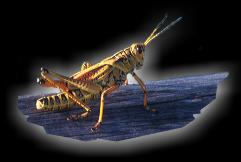Lithuania
Open-Air Museum Entrance
 |
The Open-Air Museum of Lithuania is one of the largest ethnographic open-air museums in Europe that stretches across the area of 195 ha. The museum was established on the picturesque shores of Kaunas Lagoon in Rumšiškės in 1966. The exhibitions at the museum are intended to introduce the ethnographic regions of Lithuania, i.e. Dzūkija (Dainava), Aukštaitija (Highlands), Suvalkija (Sudovia), Žemaitija (Samogitia) and Lithuania Minor, as they looked at the end of the 18th century and the first half of the 20th century.
The houses representing each of the regions stand in their natural environment and have the interior and exterior of the respective period. Exhibitions of household appliances, crafting, trading, agricultural machinery and ethnobotany are presented inside the buildings.
The centerpiece of the museum is a town featuring buildings from all over Lithuania typical to different time periods. The town has all prerequisite town elements: a market square with natural stone paving, a church, an inn and houses of various craftsmen and traders engaging in pottery, weaving, amber and wood crafting.
The Exile Exhibition is a tribute to the tragic period in the Lithuanian history. The exhibition consists of a pit-house (yurt), a train wagon used to transport deportees, and memorial monuments.
